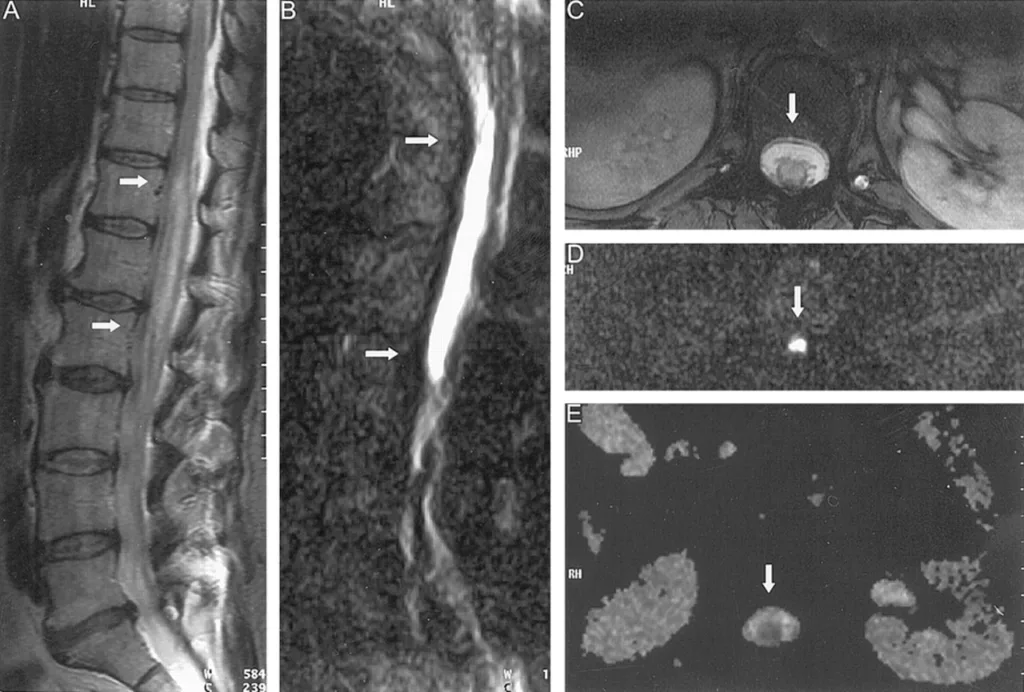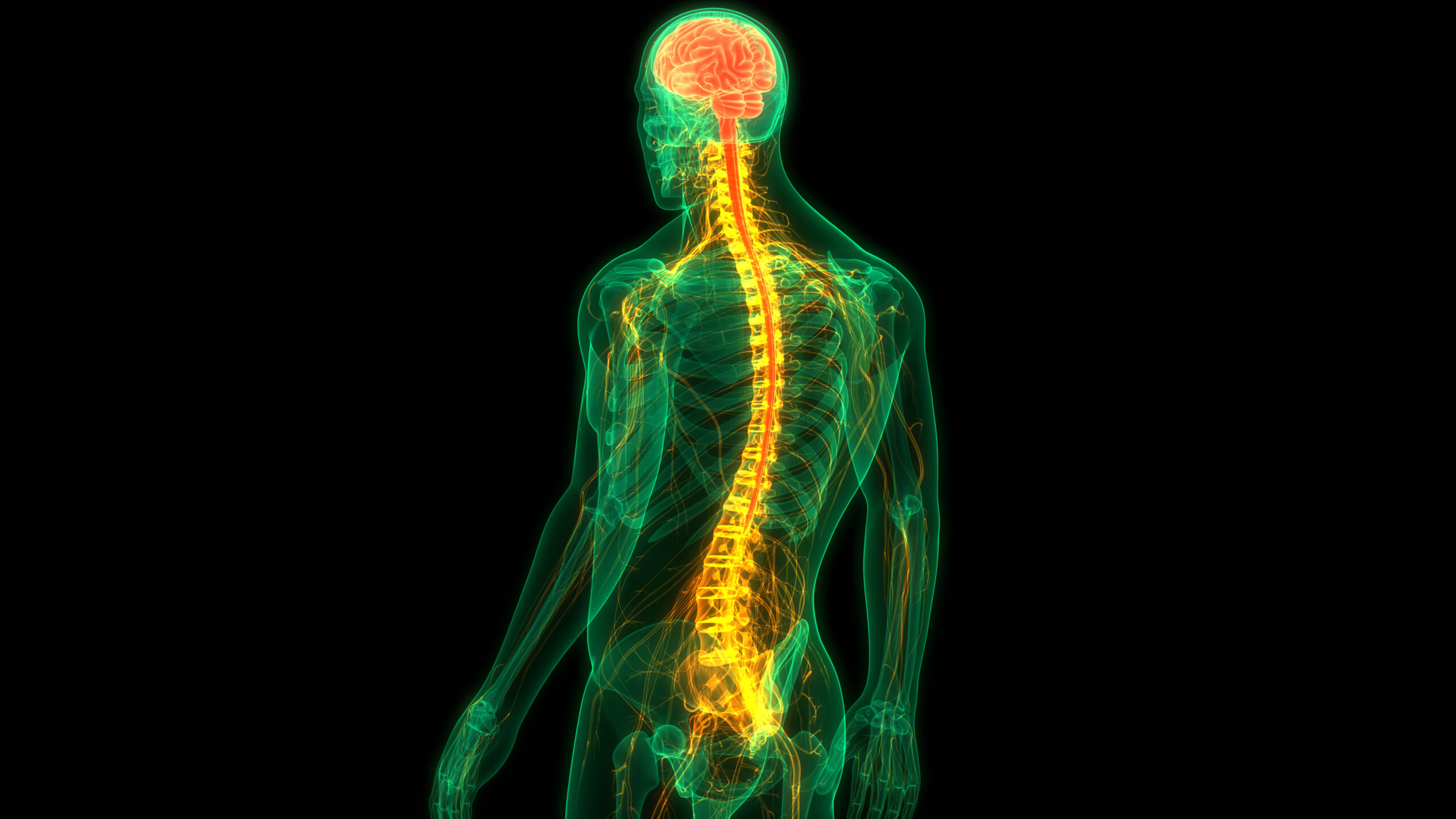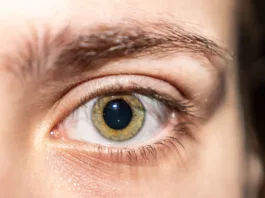A spinal stroke, or spinal cord stroke, is a medical emergency that occurs when the blood supply to the spinal cord is disrupted, leading to damage to the spinal cord. This damage impairs the cord’s normal function, consequently causing a severe loss of the patient’s functional status.
According to the American Stroke Association, spinal stroke accounts for only 0.3-1% of all strokes 1Montalvo, M., Bayer, A., Azher, I., Knopf, L., & Yaghi, S. (2018). Spinal Cord Infarction Because of Spontaneous Vertebral Artery Dissection. Stroke, 49(11). https://doi.org/10.1161/strokeaha.118.022333 . Yet, in contrast to its rarity, the mortality rate is high, i.e., up to 9% 2Caton, M. T., & Huff, J. S. (2020). Spinal Cord Ischemia. PubMed; StatPearls Publishing. https://www.ncbi.nlm.nih.gov/books/NBK539870/.
What is a Spinal Stroke
Our spinal cord is a long, thin, tube-like structure extending from the base of the brain down to the lower back. It is an essential part of the nervous system, responsible for transmitting signals between the brain and the rest of the body. These signals then control the working of multiple muscle groups and body organs.
Spinal cord stroke occurs when the cord’s blood supply is interrupted either by a blood clot or a ruptured blood vessel. Subsequently, a decrease in perfusion and nutrient supply to the affected part of the spinal cord causes ischemia. This can then result in tissue death & necrosis, which disrupts signal transmission to and from the brain to the rest of the body.
Causes and Risk Factors
It can occur due to multiple reasons; common causes include:
- Atherosclerosis: Buildup of plaque in arteries that supply our spinal cord. This can narrow the arteries and reduce blood flow, leading to a spinal stroke.
- Embolism: Blockage of spinal blood vessels by a blood clot or other material that travels through the bloodstream resulting in ischemia, hence also known as ischemic spinal stroke.
- Hemorrhage: Rupturing of blood vessels due to aneurysms (bulging out of blood vessels) or high blood pressure – referred to as a hemorrhagic spinal stroke.
Although less common, spinal stroke can also occur secondary to other medical conditions, such as:
- Tumors
- Injuries, such as a gunshot wound or spinal cord fracture
- Compression of the spinal cord
- Arteriovenous malformations
- Heart diseases
- Following surgeries of the spine or abdomen. 3Ge, L., Arul, K., Stoner, M., & Mesfin, A. (2019). Etiology and Outcomes of Spinal Cord Infarct: A Case Series From a Level 1 Trauma Center. Global Spine Journal, 10(6), 735–740. https://doi.org/10.1177/2192568219877863
- Spinal anesthesia
Symptoms of a Spinal Stroke
Spinal stroke symptoms may vary depending on the location and severity of the damage to the spinal cord. They may appear suddenly within a matter of minutes to hours after the occurrence of a stroke. Common symptoms include:
- Sudden onset of back pain.
- Muscle weakness, which may progress to paralysis if you don’t seek medical care in time.
- Loss of sensations and numbness.
- Bladder and bowel dysfunction.
- In severe cases, a respiratory arrest can occur.
These symptoms are similar to those of other conditions, such as herniated discs or spinal cord injuries, and require emergency medical treatment.
How is a Spinal Stroke diagnosed?

Diagnosing a spinal cord stroke begins with a physical examination, such as a neurological exam, to assess muscle strength, reflexes, and sensation. Imaging tests, such as magnetic resonance imaging (MRI) or computed tomography (CT) scan, may be used to visualize the spinal cord and detect any damage or abnormalities. Furthermore, reviewing the patient’s medical history and risk factors to rule out other medical conditions with similar symptoms is equally significant.
What is the Treatment for Spinal Stroke?
Primary treatment 4Spinal Cord Infarction | National Institute of Neurological Disorders and Stroke. (n.d.). https://www.ninds.nih.gov/health-information/disorders/spinal-cord-infarction is centered around treating the underlying cause, alleviating symptoms, and preventing further damage.
- If the stroke-causing factor is a blood clot, your doctor may prescribe medications for clot dissolution and prevention of further clot formation. The standard regimen is antiplatelets and anticoagulants.
- In particular cases, surgery may be required to remove the blood clot or to repair the ruptured vessels.
- Rehabilitation, including physical and occupational therapy, may be necessary to improve muscle strength and function and help the patient regain independence.
Besides these, other treatment aims include managing complications and improving quality of life as much as possible.
Recovery from a Spinal Stroke
Its recovery depends on the extent of damage, your overall health, and how prompt the treatment is.
The recovery rate for spinal stroke is approximately 40-50% 5Romi, F., & Naess, H. (2016). Spinal Cord Infarction in Clinical Neurology: A Review of Characteristics and Long-Term Prognosis in Comparison to Cerebral Infarction. European Neurology, 76(3-4), 95–98. https://doi.org/10.1159/000446700 . Some patients may fully recover and return to their daily activities, while it may cripple others for life. Nevertheless, an apt diagnosis and early treatment can amplify chances for recovery.
Am I at risk?
You are at risk for spinal stroke if you have any of the following risk factors:
- Habitual smoking
- Excessive alcohol intake
- Sedentary lifestyle
- Obesity
- Hypertension
- Diabetes mellitus
- High cholesterol level
What should I do if I have any of these Risk Factors?
Maintaining a healthy lifestyle by exercising regularly, eating a healthy diet, and avoiding smoking can reduce your risk of developing it. If you have high blood pressure or a history of heart disease, managing these conditions with medication and lifestyle changes is essential. Finally, early diagnosis and treatment of conditions that increase your risk of spinal cord strokes, such as atherosclerosis or vasculitis, can also help to prevent it.
Conclusion:
A spinal stroke is a medical emergency that requires prompt medical care. Full and partial recoveries might be achieved depending on the general damage outlook. Rapid diagnosis and treatment are essential for maximizing the chances of a successful recovery. Prevention is the key, which can be achieved by maintaining a healthy lifestyle and managing risk factors. If you experience any symptoms of spinal stroke, it is crucial to seek medical attention immediately.
Refrences
- 1Montalvo, M., Bayer, A., Azher, I., Knopf, L., & Yaghi, S. (2018). Spinal Cord Infarction Because of Spontaneous Vertebral Artery Dissection. Stroke, 49(11). https://doi.org/10.1161/strokeaha.118.022333
- 2Caton, M. T., & Huff, J. S. (2020). Spinal Cord Ischemia. PubMed; StatPearls Publishing. https://www.ncbi.nlm.nih.gov/books/NBK539870/
- 3Ge, L., Arul, K., Stoner, M., & Mesfin, A. (2019). Etiology and Outcomes of Spinal Cord Infarct: A Case Series From a Level 1 Trauma Center. Global Spine Journal, 10(6), 735–740. https://doi.org/10.1177/2192568219877863
- 4Spinal Cord Infarction | National Institute of Neurological Disorders and Stroke. (n.d.). https://www.ninds.nih.gov/health-information/disorders/spinal-cord-infarction
- 5Romi, F., & Naess, H. (2016). Spinal Cord Infarction in Clinical Neurology: A Review of Characteristics and Long-Term Prognosis in Comparison to Cerebral Infarction. European Neurology, 76(3-4), 95–98. https://doi.org/10.1159/000446700





